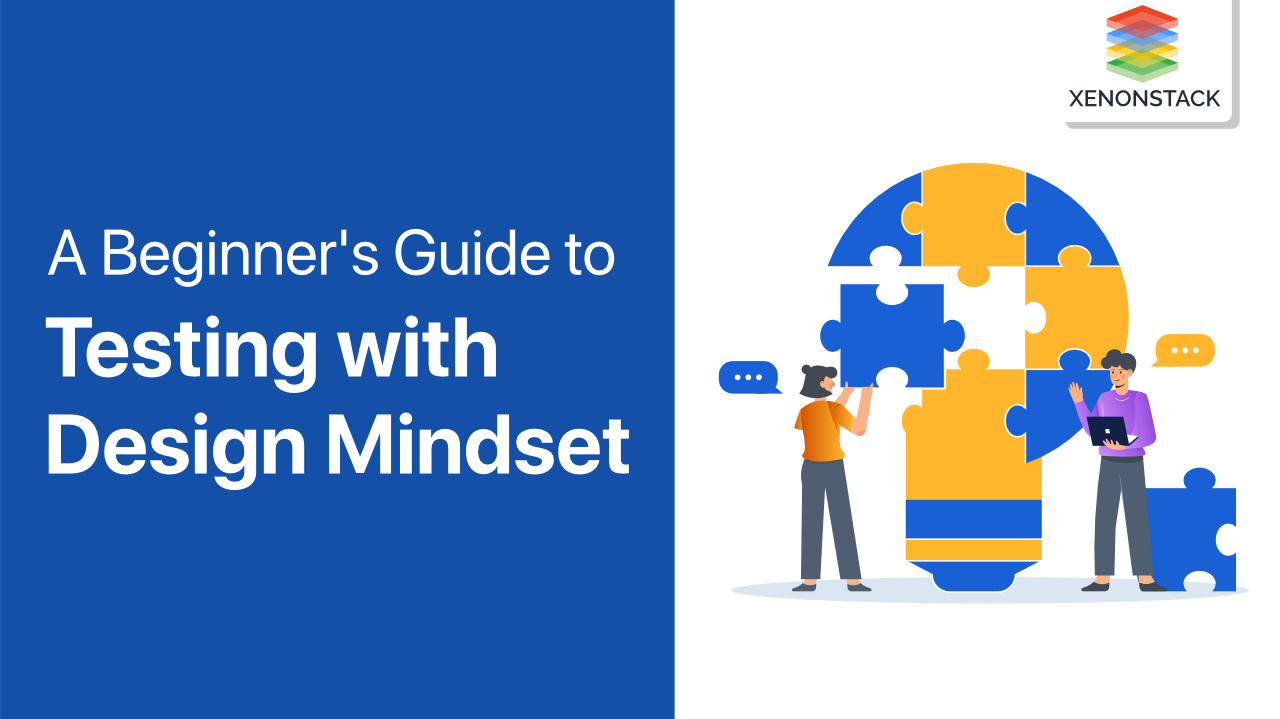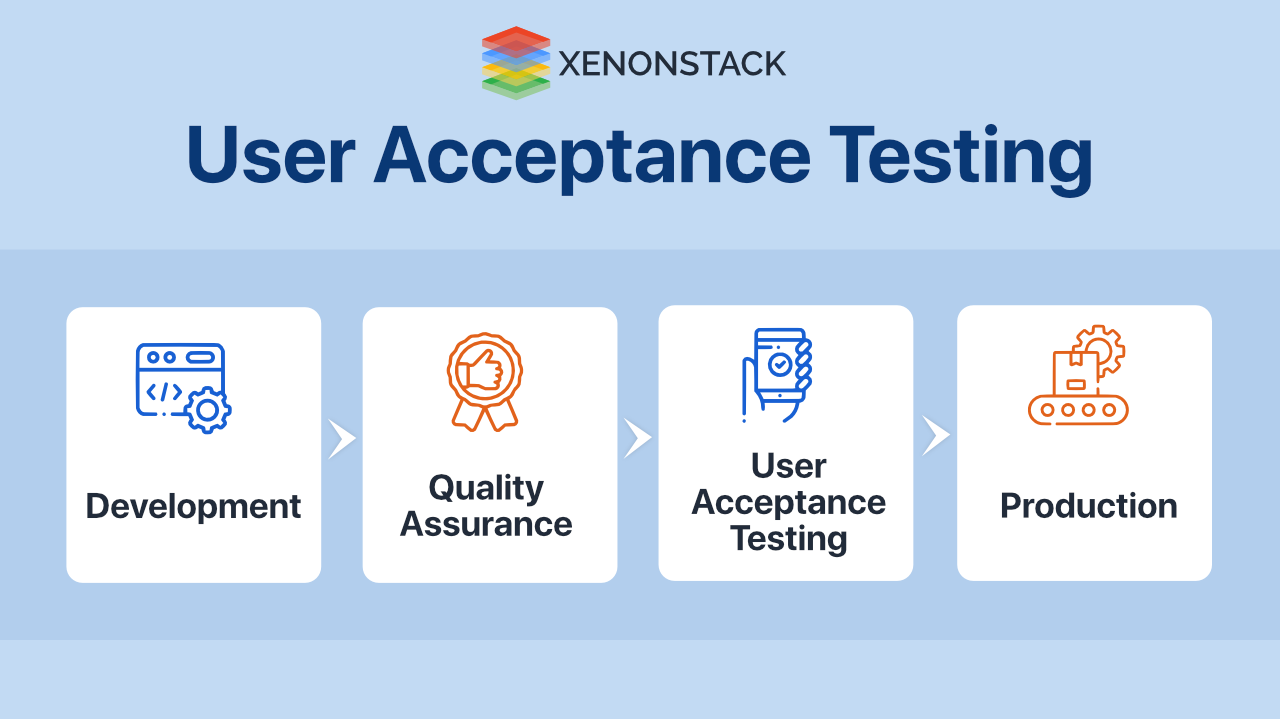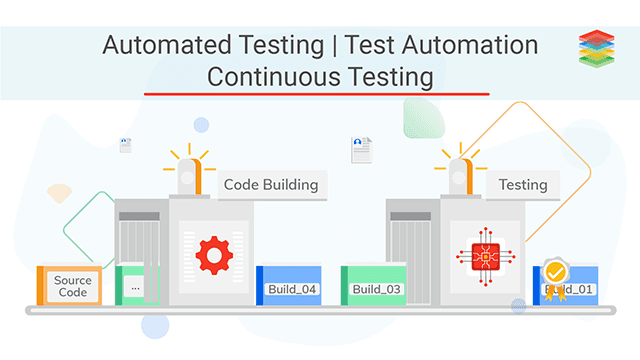
What is a Design Mindset?
Design thinking is the source or way by which an individual can define work attractively. A design mindset is built by different creative ideas. Design thinking helps us to organize thighs into reality. In other words, it's a way of representing a regular thing as something creative or unique.
A design Mindset is a solution-focused and action-oriented approach, which helps to design the solution to a problem in that way so that users will understand it easily. Design thinking doesn't have any boundaries. It's completely flexible.
Attractive design thinking will convert critical or different things into clear so that users can understand easily. Design thinking is a set of rules or protocols which helps solve the problem creatively or expressively for an excellent user experience. In design, thinking testers must have a comprehensive mind map about the goal. Design thinking is not about a strict set of rules. As discussed, it's completely flexible without any limits. The difference between designing and without designing scenarios:-
On the left side just wrote the type and didn't use any design, but on the right side, I used design for better understanding. This is the power of design.
An idea that allows an individual or a group of people to design so that it addresses real-world customer problems. Click to explore about our, Principles for Human-Centered Design
Why do you need a Design Mindset?
Testers must also have design thinking to test things with the designing mindset. If the testers don't have design thinking, then testers open false positive bugs, which are negative points for the tester, so testers must-have design thinking.
- Test things from a creative mindset: Testers must also have an attractive design mindset to test things correctly. If testers don't have a design mindset, then testers create unnecessary bugs related to design, which is not good practice.
- See Visualization as a solution: If testers can see the whole solution in one Visualization, then testers have a great design thinking mindset.
- Helps in UAT: As tester also needs to think like a user for user experience testing, these testers need to do Testing with the approach of how the user will understand things quickly or easily. Testers test whether an average user easily understands this design.
- No limit: Design thinking is an entirely flexible process. The individuals didn't have any boundaries, and it was an excellent opportunity to take products out of the world.
Why design thinking is part of Testing?
The main advantage of design thinking testers is being able to test things by going out of the box, which means testers are not stuck only on limited boundaries.
- Understand the designer's point of view: Testers can think from the designer's point of view, which is why the designer is using this design from the user's perspective.
- Understand the problem in-depth: Designers only make visuals if designers correctly understand the problem and what the user will need. The same thing happened with Testing as well. Testers understand the design only when testers have a deep understanding of user needs, so Testing is mandatory for deep learning about user problems.
A testing technique that mainly examines program structure and derives test data based on program logic or code. Click to explore about our, White Box Testing Techniques
Five Phases of Design Thinking Mindsets
Through these five steps, you understand the user's needs, what the user is looking for, and what is the solution for the same.
- Empathize: In the Initial step, individuals need to gather information about the person who makes the product, so before starting to make any design, first need to know how the person will think or what are their thoughts about the problem, need to explore in detail problem from a user perspective, By the information, we quickly move to the next step.
- Define: In the second step, basically define that person's problem or need. In other words, after understanding the problem in detail, you need to define the problem or what the issue is.
- Ideate: In the third step, come up with multiple ideas or solutions to that particular problem so that the designer selects one of the best solutions for that particular problem or combines all the solutions and finds one brilliant solution for user understandability.
- Prototype: In the fourth step, come up with many solutions to that problem. Find the proper solution to that particular problem and make a prototype from many solutions.
- Test: In this step, test the prototype or do practicals on real people and get feedback from them or what is the best solution from users about the solution because from the feedback designer will full to point negative points with good points next time and improve positive points more effectively so that user is easy to understand and didn't get any issue about the solution. These are five steps from which every designer passes.
The process of persuading people to engage in specific behaviors through purposeful design strategies. Click to explore about our, Behavioural Design Patterns
How to identify design mindset?
- Testers have design thinking if testers can understand user needs or problems and successfully convert solutions into the design so that the user will readily understand.
- If testers can define very complex problems in a standard and unique way, in the end, the user will get the solution from the tester's result or output.
- If designers design a product that is different from others.
- If the testers can also test the design, designed for the user to understand design from a perspective, then testers have a great design thinking process or mindset.
- There are multiple solutions for one problem, and it's challenging to choose one from them if the person can select one from them.
Conclusion
In conclusion, I conclude that design thinking also plays a central role in Testing, for testing things correctly, and for testing things by going out of the box because the design of any problem is only prepared if a deep understanding of the user problem or user issues. Similarly, for Testing, things must also have deep knowledge about what the user is looking for and how this design solves the problem of user issues. So testers need to do Testing from a design mindset.
- Discover more about Interaction Design Principles and Best Practices
- Explore here about Performance Testing Best Practices


